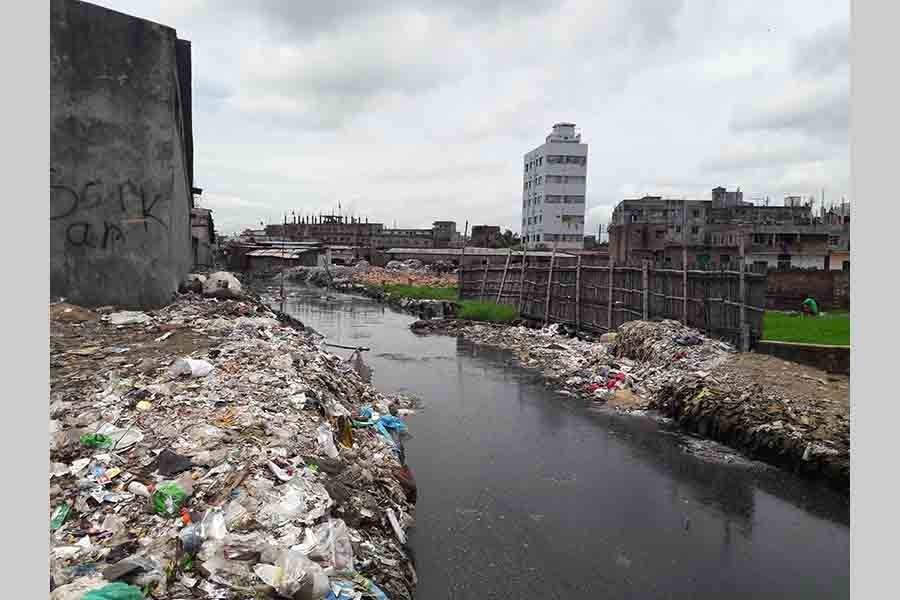Two major developments with regard to the Savar Tannery Industrial Estate have taken place lately. Both of these reflect the Prime Minister's eagerness to see a fully functional tannery complex and her high optimism over the huge export potential for the country's leather products, including footwear. Upon sensing the export prospects for the country's leather goods, she has announced the establishment of two more leather industrial parks if her government returns to power. In early November, the Prime Minister formally inaugurated the Savar Tannery Industrial City, not far from Dhaka. Outwardly, the Prime Minister's high hopes placed in a prospering leather sector are similar to those of the entrepreneurs, investors and other stakeholders. However, there is a sad aspect to the issue. As has been seen in the industry-related aims and ambitions in the past, the grand announcements eventually end up being ceremonial formalities -- thanks to the implementing agencies' laidback attitude towards the projects concerned. It has become a persistent norm, prompting many nationally vital endeavours to go awry.
Of late, the rawhide processing sector has stood out as a living instance of this wilfully amateurish and vested interest-driven exercise. Meanwhile, finished leather goods and footwear manufacturers and exporters bear the brunt. Following the long-drawn-out and commotional shifting of the Hazaribagh tannery enclave in older Dhaka to the suburban Savar Tannery Estate few visible changes in raw hide tanning could be detected. At Savar, the informal operation of the relocated tanners emerged as a veritable non-starter. While the Hazaribagh complex had long been synonymous with air and water pollutions, the newly-built spot showed signs of unwarranted adversities. From the very beginning, the relocated tanners found themselves hamstrung by scores of infrastructural deficiencies. The much-hyped central effluent treatment plant (CETP) remained a virtual pipe dream in the initial phase. It was finally declared operative, but tanners discovered it to be not fully functional. With such a major effluent treatment plant not working properly, the nearby Dhaleshwari river is feared to become vulnerable to pollution. Earlier, non-treated and toxic waste materials released from Hazaribagh tanneries into the nearby canals, finally flowing into the Buriganga river, played havoc with a densely populated, sprawling area. A recurrence of the practice is set to spawn a terrible nightmare for the rural neighbourhood adjacent to the Savar Estate.
The sloppy operation of the Savar tanneries emerges as a depressing reality for the whole raw hide business and leather sectors. At the recent Bangladesh Leather Footwear and Leather Goods International Sourcing Show in the capital, the upbeat mood was noticeably high. The leather manufacturers and exporters' optimism at the event was natural. After drawing admiration for their products in the domestic market, they now look forward to expanding their business to overseas shores. In the fast-changing global trade scenario, Bangladesh can smoothly carve out a comfortable space. With the country's sterling export products of readymade garments (RMG) bracing for bouts of uncertainties, the finished leather goods can come to the rescue of the country's export sector. The export quality leather items have already been placed alongside the RMG products.
Few doubt the sector's latent and untapped export potential. In order to explore its prospects, the leather processing ought to be brought into prime focus. Or else, the nettlesome compliance prerequisites may also start haunting the sector like that hitting the RMG production. The way the Savar Tannery City is being dealt with will only hurt the economy.


